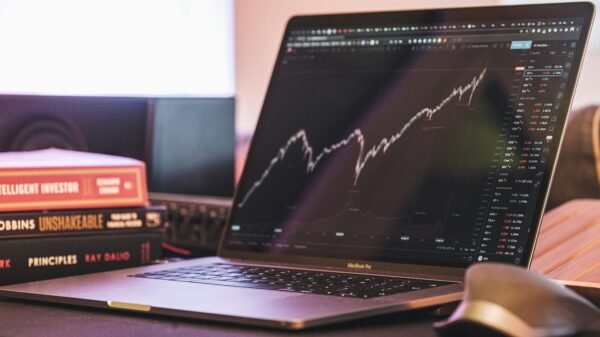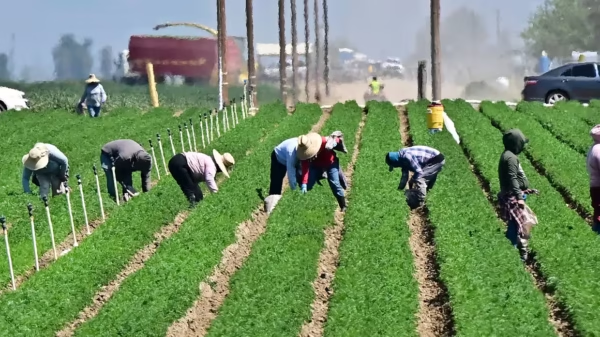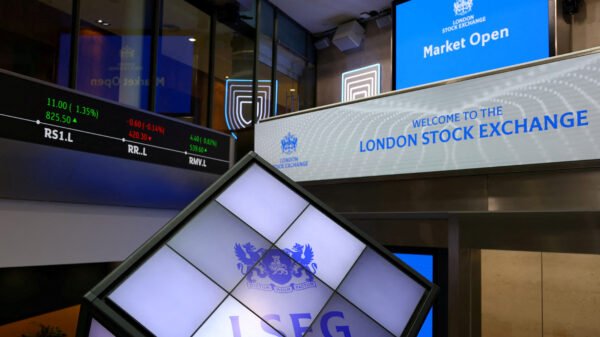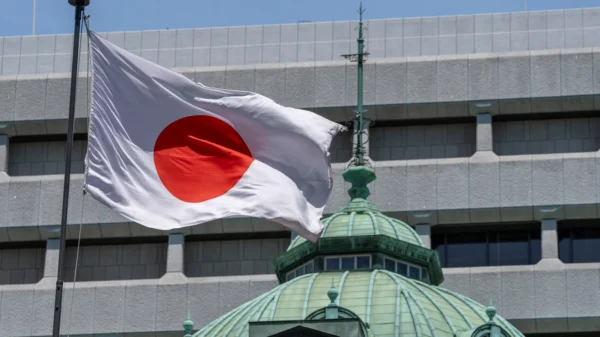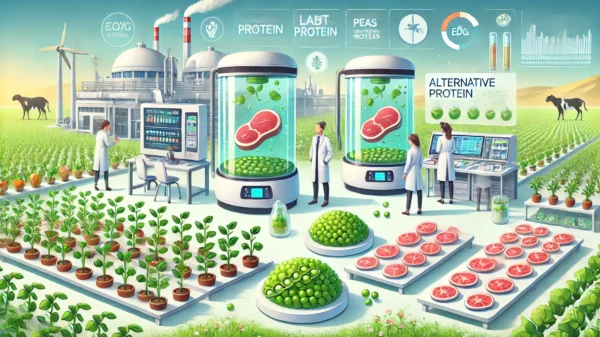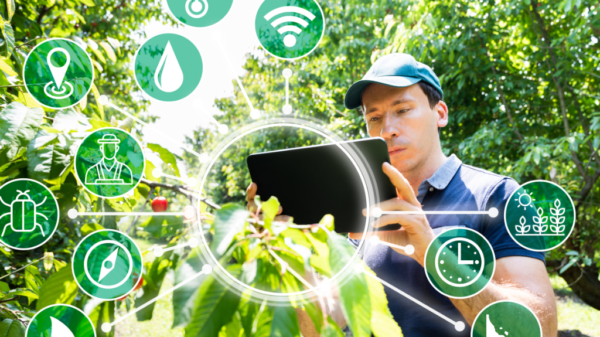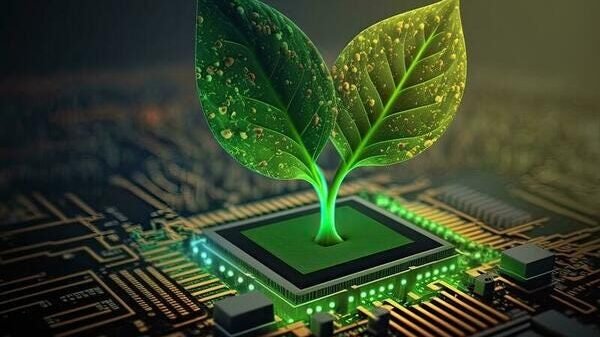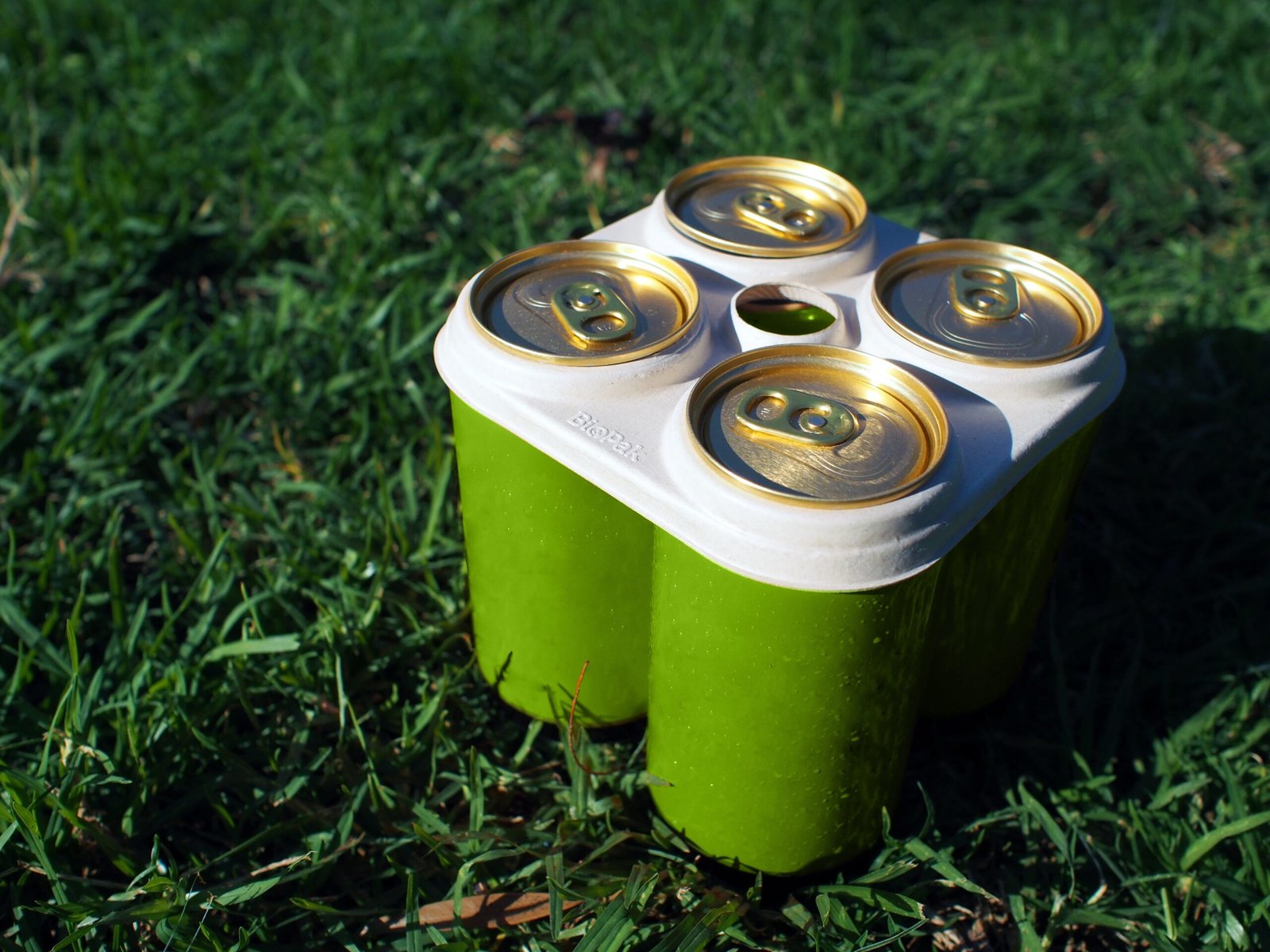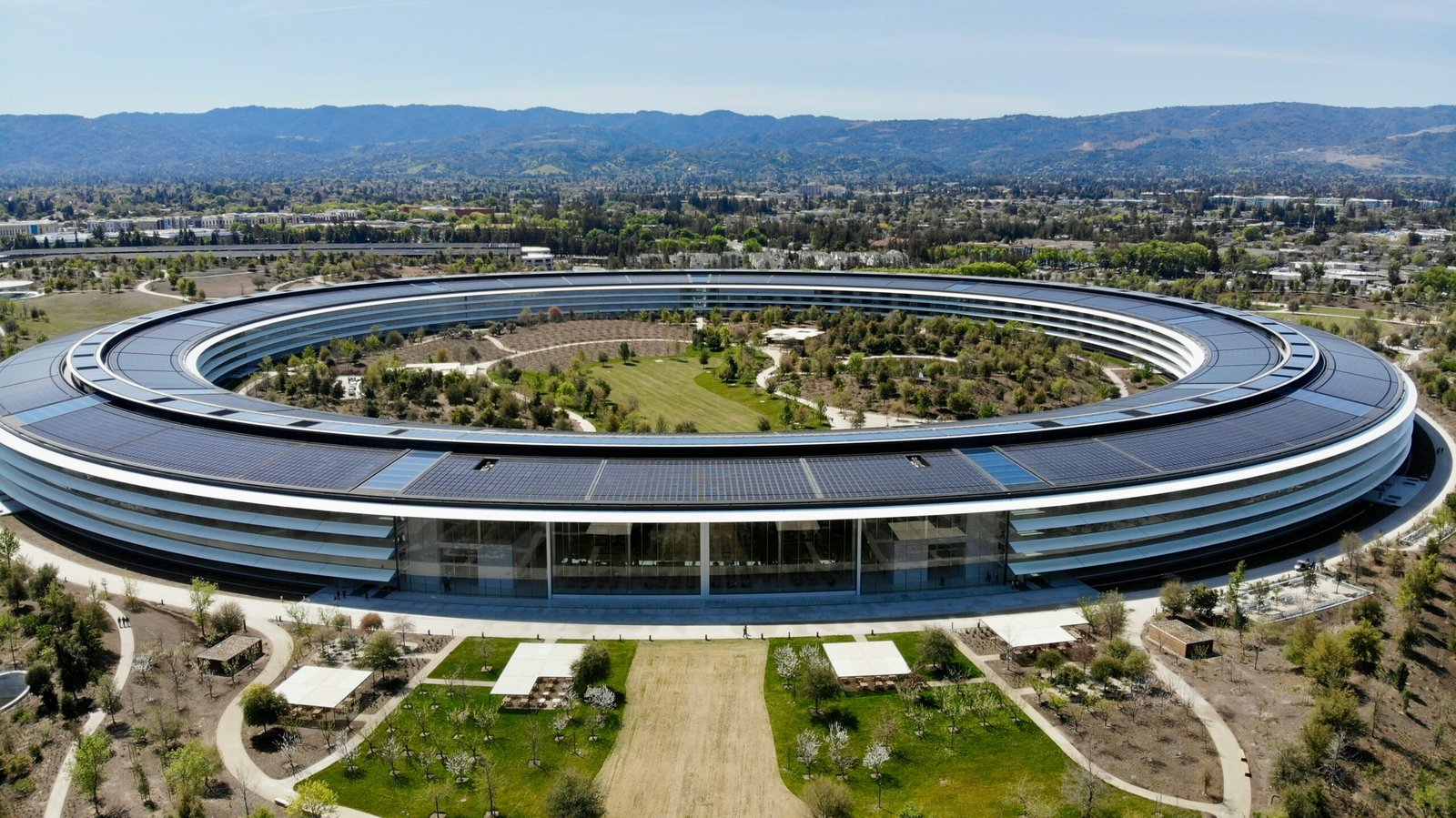The Rise of Biodegradable Packaging
In recent years, there has been a growing concern about the environmental impact of traditional packaging materials. As a result, biodegradable packaging has emerged as a sustainable alternative that is changing the face of retail. Biodegradable is designed to break down naturally and return to the environment, reducing waste and minimizing the carbon footprint.
Benefits of Biodegradable Packaging
Biodegradable packaging offers numerous benefits for both retailers and consumers. Firstly, it helps to reduce the amount of plastic waste that ends up in landfills and oceans, contributing to a cleaner and healthier planet. Secondly, biodegradable packaging is often made from renewable resources, such as plant-based materials, which reduces the dependence on fossil fuels. Additionally, biodegradable can be composted, providing a valuable source of nutrients for soil and plants.
Types of Biodegradable Packaging
There are various types of biodegradable packaging available in the market today. Some common examples include:
- Biodegradable Plastics: These plastics are made from plant-based materials, such as cornstarch or sugarcane, and can break down naturally over time.
- Biodegradable Paper: Paper packaging that is made from recycled materials and can be easily composted.
- Biodegradable Foam: Foam packaging made from biodegradable materials that can be dissolved in water or broken down by microorganisms.
- Biodegradable Bags: Bags made from natural fibers, such as jute or hemp, that can decompose naturally in the environment.
The Impact on Retail
Biodegradable packaging is revolutionizing the retail industry by providing a sustainable solution that aligns with consumer values. As more consumers become environmentally conscious, they are actively seeking out products that are packaged in an eco-friendly manner. Retailers who adopt biodegradable can attract and retain these environmentally conscious consumers, gaining a competitive edge in the market.
Furthermore, biodegradable can enhance a brand’s reputation and image. By demonstrating a commitment to sustainability, retailers can build trust and loyalty with their customers. In a time where consumers are increasingly concerned about the environmental impact of their purchasing decisions, biodegradable can serve as a powerful marketing tool.
The Future of Biodegradable Packaging
The future of biodegradable packaging looks promising. With advancements in technology and increased awareness about the importance of sustainability, more innovative and efficient biodegradable solutions are being developed. These advancements include materials that have a longer shelf life, improved strength and durability, and increased resistance to moisture and temperature changes.
Furthermore, governments and regulatory bodies are also recognizing the significance of biodegradable in reducing waste and protecting the environment. Many countries have implemented regulations and policies to encourage the use of biodegradable and discourage the use of non-biodegradable materials.
Conclusion
Biodegradable packaging is changing the face of retail by providing a sustainable alternative to traditional materials. With its numerous benefits and growing consumer demand for eco-friendly products, biodegradable is becoming an essential component of the retail industry. As retailers embrace biodegradable, they not only contribute to a greener and cleaner planet but also gain a competitive advantage in the market.








